IAV
International Armoured Vehicles 2010 International Defence Exhibition & Conference London, United Kingdom 01 - 05 February 2010 Online Show Daily News |
|||||||||||||||||||
|
|||||||||||||||||||
- Home
- News
- Defence News
- Defence Exhibitions
- LIMA 2023
- IDEX 2023 exhibitors vistors
- AUSA 2022 News
- MSPO 2022 News
- ADEX 2022 News
- Defense News France
- Eurosatory 2022
- DSA 2022 News Official Online Show Daily
- WDS Saudi Arabia
- UMEX 2022 News
- Defense Exhibitions 2021
- IDEX 2021 exhibitors vistors
- ShieldAfrica 2021 exhibitors vistors
- IDEF 2021 exhibitors visitors
- SOFINS 2021 News Online Show Daily
- DEFEA 2021 Exhibitors - Visitors
- Army-2021 News Show Daily
- MSPO 2021 News Official Online Show Daily
- AUSA 2021 News
- DSEI 2021
- Partner 2021 News
- Milipol Paris 2021
- EDEX 2021 News
- ExpoDefensa 2021
- FEINDEF 2021 News
- Defense Exhibitions 2020
- Defense Exhibitions 2019
- GDA 2019 News Official Show Daily
- ShieldAfrica 2019 Visitors Exhibitors Information
- IDEX 2019 Visitors Exhibitors Information
- Enforce TAC 2019 News Show Daily
- MILEX 2019 News Online Show Daily Minsk Belarus
- SITDEF 2019 Visitors Exhibitors Information
- SOFINS 2019 News Online Show Daily
- LAAD 2019 News Online Show Daily
- IDEF 2019 News Online Show Daily
- FEINDEF 2019 News Online Show Daily
- IDET 2019 News Online Show Daily
- ISDEF 2019 Visitors Exhibitors Information
- Partner 2019 News Online Show Daily
- Army-2019 News Russia Online Show Daily
- Milipol Paris 2019 News Online Show Daily
- ExpoDefensa 2019 Exhibitors - Vistors - Information
- BIDEC 2019 Exhibitors Visitors Information
- AUSA 2019 News Online Show Daily
- DSEI 2019 exhibitors visitors information
- MSPO 2019 Exhibitors Visitors Information
- Defense & Security Thailand 2019 News Official Show Daily
- Defence Exhibitions 2018
- BSDA 2018 News Online Show Daily
- KADEX 2018 Visitors Exhibitors Information
- SOFIC 2018 News Online Show Daily
- Warrior Competition 2018 KASOTC News
- DefExpo 2018 News Show Daily
- DSA 2018 Visitors Exhibitors Information
- SOFEX 2018 Visitors Exhibitors Information
- Enforce Tac 2018 News
- Singapore AirShow 2018 News
- Shot Show 2018 News Show Daily
- IAV 2018 News Show Daily
- UMEX 2018 UAE News
- Eurosatory 2018 Visitors Exhibitors Information
- AirShow China 2018 News Online Show Daily
- IndoDefence 2018 Visitors Exhibitors Information
- IDEAS 2018 Visitors Exhibitors Information
- EDEX 2018 Visitors Exhibitors Information
- AUSA 2018 News Online Show Daily
- AAD 2018 Visitors Exhibitors Information
- DVD 2018 News Online Show Daily
- ADEX 2018 Visitors Exhibitors Information
- DX Korea 2018 Visitors Exhibitors Information
- Army-2018 Russia News Online Show Daily
- MSPO 2018 Visitors Exhibitors Information
- Defence Exhibitions 2017
- ShieldAfrica 2017 News Exhibitors Visitors
- LAAD 2017 News Exhibitors Visitors
- IDEX 2017 News Exhibitors Visitors
- SOFINS 2017 News Exhibitors Visitors
- SITDEF 2017 Exhibitors Visitors News
- SOFIC 2017 Online Show Daily News - Report - Coverage
- IDEF 2017 News Visitors Exhibitors
- IDET 2017 Exhibitors Visitors News
- Partner 2017 Online show Daily News
- Army-2017 News Online show Daily
- MSPO 2017 News Visitors Exhibitors
- AUSA 2017 Online Show Daily News
- Expodefensa 2017 News Exhibitors Visitors
- Arms & Security 2017 Online show Daily News
- BIDEC 2017 News Visitors Exhibitors
- Defense & Security Thailand 2017 Official Online show Daily News
- Milipol Paris 2017 Online Show Daily News
- GDA 2017 Online Show Daily News
- ADEX 2017 South Korea Online show Daily News
- DSEI 2017 News Visitors Exhibitors
- Defence Exhibition 2016
- IDEAS 2016 News Visitors Exhibitors
- High Tech Port 2016 News Exhibitors Visitors
- Airshow China 2016 Online Show Daily News - Report - Coverage
- INDO DEFENCE 2016 Online Show Daily News - Report - Coverage
- AUSA 2016 Online Show Daily News - Report - Coverage
- ADEX 2016 News Visitors Exhibitors
- AAD 2016 Online Show Daily News - Coverage - Report
- Army 2016 News Exhibitors Visitors
- MSPO 2016 news visitors exhibitors
- Eurosatory 2016 News Exhibitors Visitors
- KADEX 2016 News Visitors Exhibitors
- SOFEX 2016 News Exhibitors Visitors
- Warrior Competition 2016 KASOTC Coverage - Report - News
- DSA 2016 News Visitors Exhibitors
- Defexpo 2016 Online Show Daily News
- Defexpo 2016 Official Online Show Daily News - Coverage - Report
- ISNR 2016 Online Show Daily News
- KIDEC 2016 news visitors exhibitors
- IWA 2016 Online Show Daily News
- Defence Exhibitions 2015
- Expodefensa 2015 News Exhibitors Visitors
- Milipol 2015 News - Report - Coverage
- AUSA 2015 Online Show Daily News - Coverage - Report
- Defense & Security 2015 News Visitors Exhibitors
- APHS 2015 News Exhibitors Visitors
- MSPO 2015 News Exhibitors Visitors
- RAE 2015 News Exhibitors Visitors
- DSEI 2015 News Exhibitors Visitors
- Partner 2015 Official Online Show Daily News - Coverage - Report
- IDET 2015 News Exhibitors Visitors
- SITDEF 2015 News Exhibitors Visitors
- IDEF 2015 News - Coverage - Report
- SOFINS 2015 News - Coverage - Report
- IDEX 2015 News Exhibitors Visitors
- ARMY 2015 Russia News Coverage Report
- Defence Exhibitions 2014
- IndoDefence 2014 News Information Exhibitors Visitors
- AirShow China 2014 news - coverage - report
- AUSA 2014 Show News Information Exhibitors Visitors
- IDEAS 2014 News Information Exhibitors Visitors
- ADEX 2014 Show News Information Exhibitors Visitors
- MSPO 2014 Show News Information Exhibitors Visitors
- AAD 2014 Show News Exhibitors Visitors Information
- Defexpo 2014 Show News Information Exhibitors Visitors
- Eurosatory 2014 Show News Information Exhibitors Visitors
- SOFEX 2014 Show News Information Exhibitors Visitors
- KADEX 2014 Show News Information Exhibitors Visitors
- CIDEX 2014 Show News Information Exhibitors Visitors
- IDEB 2014 Show News Information Exhibitors Visitors
- DSA 2014 Show News Information Exhibitors Visitors
- Defence Exhibitions 2013
- IDEX 2013
- IDEF 2013 Defence Industry Fair
- Partner 2013 news coverage report
- IDET 2013
- 14 July 2013 French army parade pictures
- Défilé militaire 14 juillet 2013 photos - vidéo
- FED 2013 Meeting - Forum Defence Industry
- LAAD 2013 defence exhibition
- RAE 2013 Russian Arms Expo News - Pictures - Video
- IAV 2013 Conference Exhibition
- SITDEF 2013 News Coverage Report
- SITDEF 2013 Show Daily News - Coverage - Report
- TADTE 2013 Show daily news coverage report
- MSPO 2013 Defence Exhibition
- AUSA 2013 U.S. Army Annual Meeting & Exposition
- DSEI 2013 Defence & Security Exhibition
- Milipol 2013 Internal State Security Exhibition
- Defence Exhibitions 2012
- Defence Exhibitions 2011
- ARG News
- Defense Web TV
- Defence News
- Defence Industry
- World Army Equipment
- Focus / Analysis
- Advertising
- Send Press Release
Defense Breaking News



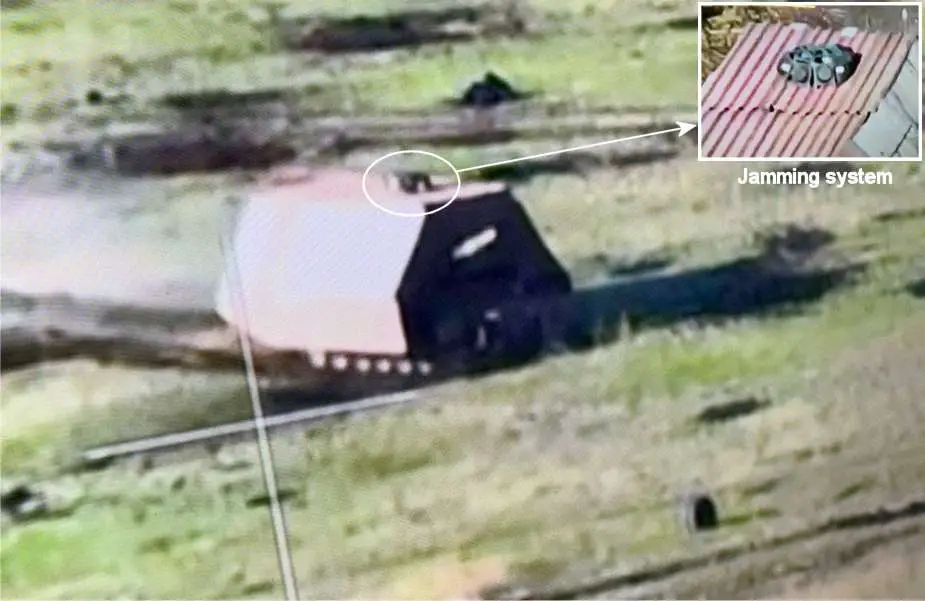
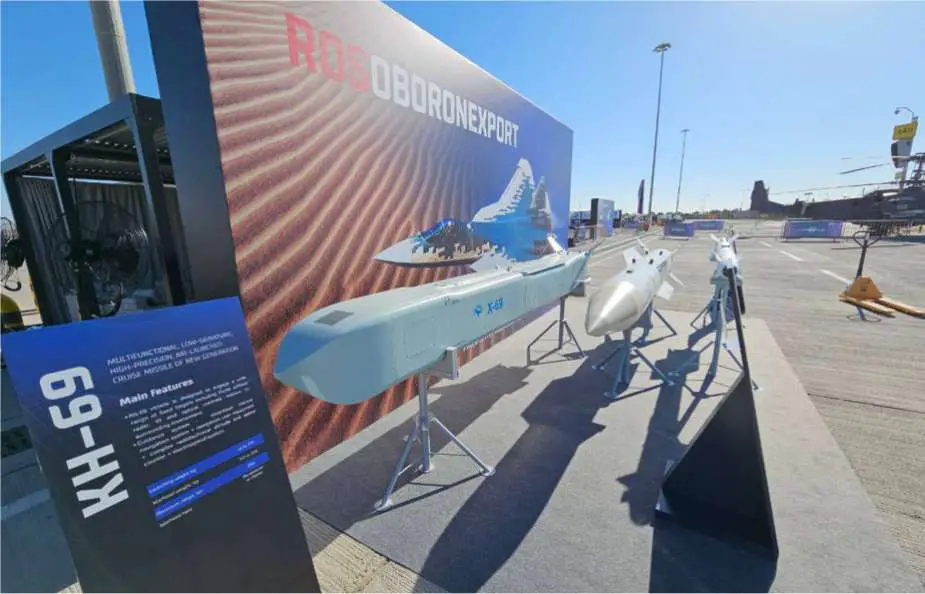
More In : Ukraine - Russia conflict war 2022

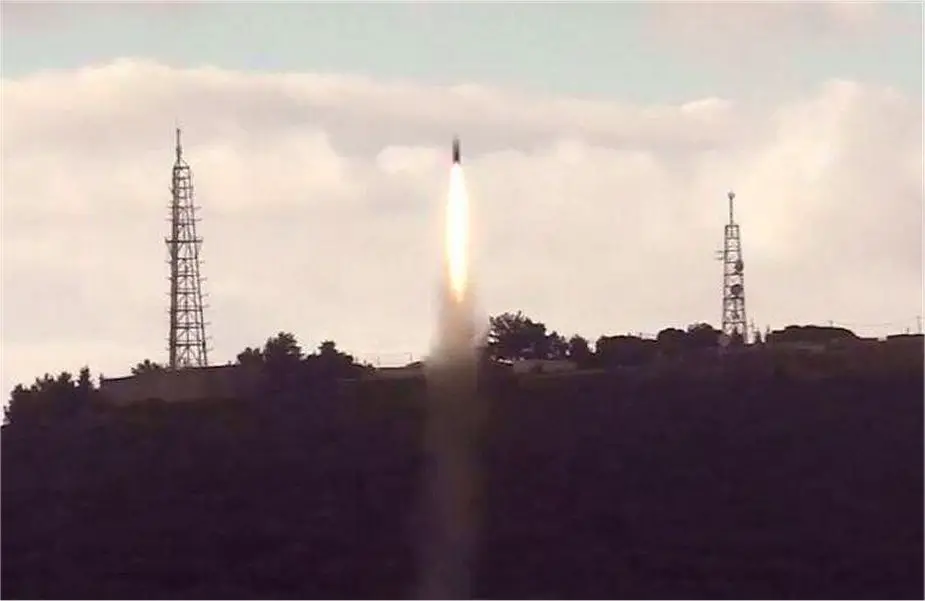
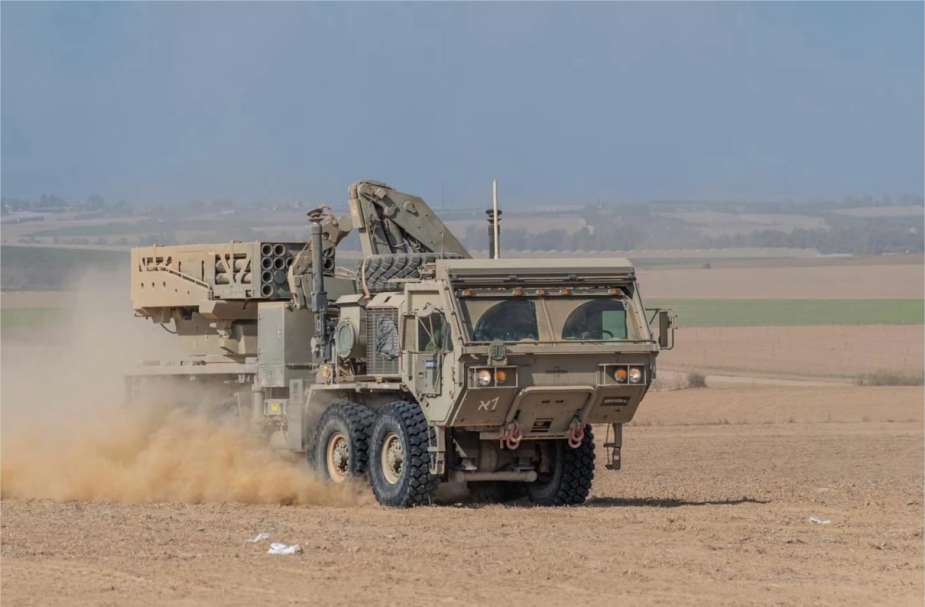

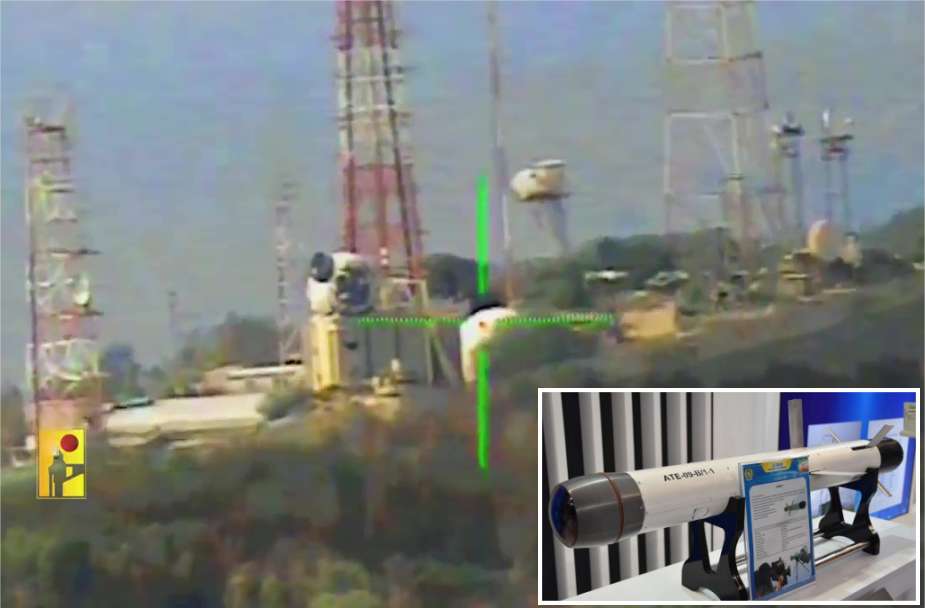
More In : Hamas Gaza - Israel War 2023
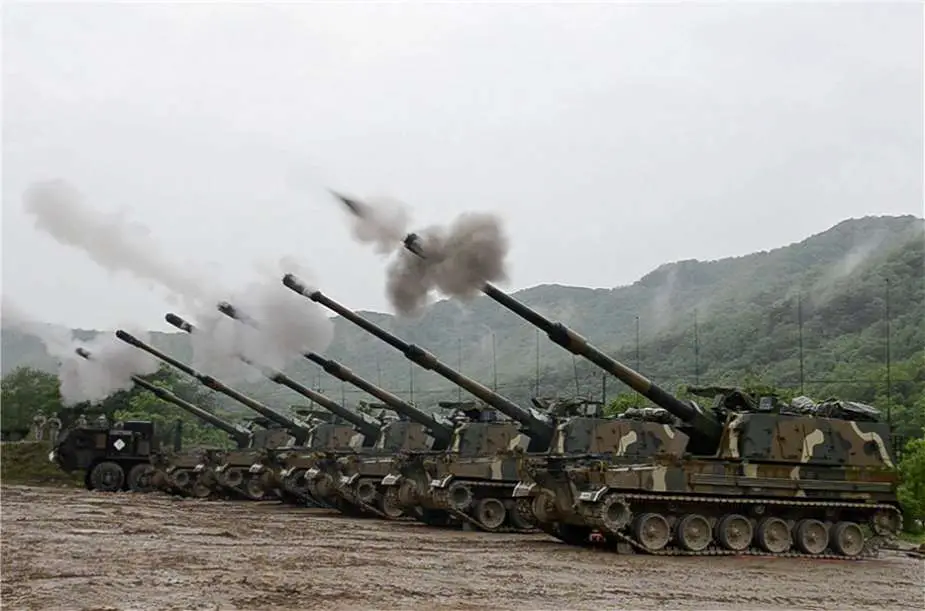
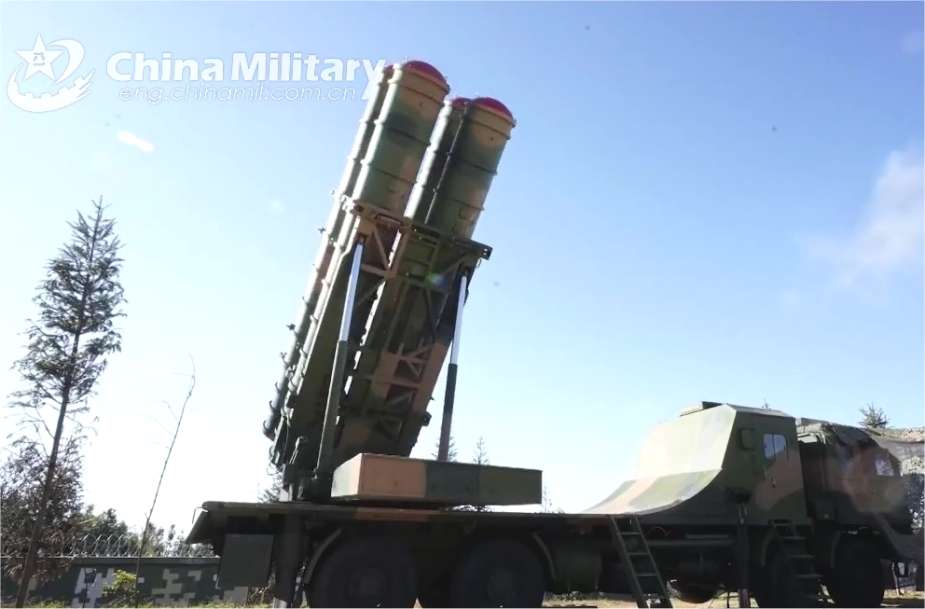
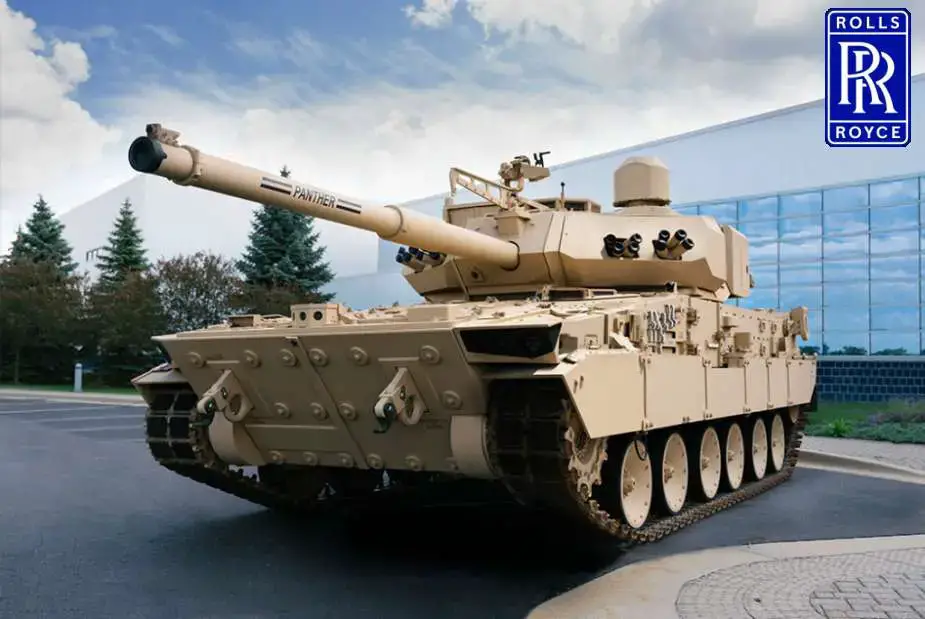


- Home
- News
- Defence News
- Defence Exhibitions
- LIMA 2023
- IDEX 2023 exhibitors vistors
- AUSA 2022 News
- MSPO 2022 News
- ADEX 2022 News
- Defense News France
- Eurosatory 2022
- DSA 2022 News Official Online Show Daily
- WDS Saudi Arabia
- UMEX 2022 News
- Defense Exhibitions 2021
- IDEX 2021 exhibitors vistors
- ShieldAfrica 2021 exhibitors vistors
- IDEF 2021 exhibitors visitors
- SOFINS 2021 News Online Show Daily
- DEFEA 2021 Exhibitors - Visitors
- Army-2021 News Show Daily
- MSPO 2021 News Official Online Show Daily
- AUSA 2021 News
- DSEI 2021
- Partner 2021 News
- Milipol Paris 2021
- EDEX 2021 News
- ExpoDefensa 2021
- FEINDEF 2021 News
- Defense Exhibitions 2020
- Defense Exhibitions 2019
- GDA 2019 News Official Show Daily
- ShieldAfrica 2019 Visitors Exhibitors Information
- IDEX 2019 Visitors Exhibitors Information
- Enforce TAC 2019 News Show Daily
- MILEX 2019 News Online Show Daily Minsk Belarus
- SITDEF 2019 Visitors Exhibitors Information
- SOFINS 2019 News Online Show Daily
- LAAD 2019 News Online Show Daily
- IDEF 2019 News Online Show Daily
- FEINDEF 2019 News Online Show Daily
- IDET 2019 News Online Show Daily
- ISDEF 2019 Visitors Exhibitors Information
- Partner 2019 News Online Show Daily
- Army-2019 News Russia Online Show Daily
- Milipol Paris 2019 News Online Show Daily
- ExpoDefensa 2019 Exhibitors - Vistors - Information
- BIDEC 2019 Exhibitors Visitors Information
- AUSA 2019 News Online Show Daily
- DSEI 2019 exhibitors visitors information
- MSPO 2019 Exhibitors Visitors Information
- Defense & Security Thailand 2019 News Official Show Daily
- Defence Exhibitions 2018
- BSDA 2018 News Online Show Daily
- KADEX 2018 Visitors Exhibitors Information
- SOFIC 2018 News Online Show Daily
- Warrior Competition 2018 KASOTC News
- DefExpo 2018 News Show Daily
- DSA 2018 Visitors Exhibitors Information
- SOFEX 2018 Visitors Exhibitors Information
- Enforce Tac 2018 News
- Singapore AirShow 2018 News
- Shot Show 2018 News Show Daily
- IAV 2018 News Show Daily
- UMEX 2018 UAE News
- Eurosatory 2018 Visitors Exhibitors Information
- AirShow China 2018 News Online Show Daily
- IndoDefence 2018 Visitors Exhibitors Information
- IDEAS 2018 Visitors Exhibitors Information
- EDEX 2018 Visitors Exhibitors Information
- AUSA 2018 News Online Show Daily
- AAD 2018 Visitors Exhibitors Information
- DVD 2018 News Online Show Daily
- ADEX 2018 Visitors Exhibitors Information
- DX Korea 2018 Visitors Exhibitors Information
- Army-2018 Russia News Online Show Daily
- MSPO 2018 Visitors Exhibitors Information
- Defence Exhibitions 2017
- ShieldAfrica 2017 News Exhibitors Visitors
- LAAD 2017 News Exhibitors Visitors
- IDEX 2017 News Exhibitors Visitors
- SOFINS 2017 News Exhibitors Visitors
- SITDEF 2017 Exhibitors Visitors News
- SOFIC 2017 Online Show Daily News - Report - Coverage
- IDEF 2017 News Visitors Exhibitors
- IDET 2017 Exhibitors Visitors News
- Partner 2017 Online show Daily News
- Army-2017 News Online show Daily
- MSPO 2017 News Visitors Exhibitors
- AUSA 2017 Online Show Daily News
- Expodefensa 2017 News Exhibitors Visitors
- Arms & Security 2017 Online show Daily News
- BIDEC 2017 News Visitors Exhibitors
- Defense & Security Thailand 2017 Official Online show Daily News
- Milipol Paris 2017 Online Show Daily News
- GDA 2017 Online Show Daily News
- ADEX 2017 South Korea Online show Daily News
- DSEI 2017 News Visitors Exhibitors
- Defence Exhibition 2016
- IDEAS 2016 News Visitors Exhibitors
- High Tech Port 2016 News Exhibitors Visitors
- Airshow China 2016 Online Show Daily News - Report - Coverage
- INDO DEFENCE 2016 Online Show Daily News - Report - Coverage
- AUSA 2016 Online Show Daily News - Report - Coverage
- ADEX 2016 News Visitors Exhibitors
- AAD 2016 Online Show Daily News - Coverage - Report
- Army 2016 News Exhibitors Visitors
- MSPO 2016 news visitors exhibitors
- Eurosatory 2016 News Exhibitors Visitors
- KADEX 2016 News Visitors Exhibitors
- SOFEX 2016 News Exhibitors Visitors
- Warrior Competition 2016 KASOTC Coverage - Report - News
- DSA 2016 News Visitors Exhibitors
- Defexpo 2016 Online Show Daily News
- Defexpo 2016 Official Online Show Daily News - Coverage - Report
- ISNR 2016 Online Show Daily News
- KIDEC 2016 news visitors exhibitors
- IWA 2016 Online Show Daily News
- Defence Exhibitions 2015
- Expodefensa 2015 News Exhibitors Visitors
- Milipol 2015 News - Report - Coverage
- AUSA 2015 Online Show Daily News - Coverage - Report
- Defense & Security 2015 News Visitors Exhibitors
- APHS 2015 News Exhibitors Visitors
- MSPO 2015 News Exhibitors Visitors
- RAE 2015 News Exhibitors Visitors
- DSEI 2015 News Exhibitors Visitors
- Partner 2015 Official Online Show Daily News - Coverage - Report
- IDET 2015 News Exhibitors Visitors
- SITDEF 2015 News Exhibitors Visitors
- IDEF 2015 News - Coverage - Report
- SOFINS 2015 News - Coverage - Report
- IDEX 2015 News Exhibitors Visitors
- ARMY 2015 Russia News Coverage Report
- Defence Exhibitions 2014
- IndoDefence 2014 News Information Exhibitors Visitors
- AirShow China 2014 news - coverage - report
- AUSA 2014 Show News Information Exhibitors Visitors
- IDEAS 2014 News Information Exhibitors Visitors
- ADEX 2014 Show News Information Exhibitors Visitors
- MSPO 2014 Show News Information Exhibitors Visitors
- AAD 2014 Show News Exhibitors Visitors Information
- Defexpo 2014 Show News Information Exhibitors Visitors
- Eurosatory 2014 Show News Information Exhibitors Visitors
- SOFEX 2014 Show News Information Exhibitors Visitors
- KADEX 2014 Show News Information Exhibitors Visitors
- CIDEX 2014 Show News Information Exhibitors Visitors
- IDEB 2014 Show News Information Exhibitors Visitors
- DSA 2014 Show News Information Exhibitors Visitors
- Defence Exhibitions 2013
- IDEX 2013
- IDEF 2013 Defence Industry Fair
- Partner 2013 news coverage report
- IDET 2013
- 14 July 2013 French army parade pictures
- Défilé militaire 14 juillet 2013 photos - vidéo
- FED 2013 Meeting - Forum Defence Industry
- LAAD 2013 defence exhibition
- RAE 2013 Russian Arms Expo News - Pictures - Video
- IAV 2013 Conference Exhibition
- SITDEF 2013 News Coverage Report
- SITDEF 2013 Show Daily News - Coverage - Report
- TADTE 2013 Show daily news coverage report
- MSPO 2013 Defence Exhibition
- AUSA 2013 U.S. Army Annual Meeting & Exposition
- DSEI 2013 Defence & Security Exhibition
- Milipol 2013 Internal State Security Exhibition
- Defence Exhibitions 2012
- Defence Exhibitions 2011
- ARG News
- Defense Web TV
- Defence Industry
- Asia
- Europe
- Austria
- Belgium
- France
- Germany
- Greece
- Italy
- Lithuania
- Spain
- Turkey
- United Kingdom
- East Europe
- Middle East
- North America
- Oceania
- World Army Equipment
- Africa
- Asia
- Central America
- East Europe (A-P)
- East Europe (Q-W)
- Romania
- Russia
- Artillery Vehicle
- Field Equipment
- Helicopter
- Light Armoured
- Missile System
- Tanks
- Wheeled Vehicle
- Weapons
- Uniforms / Ranks
- Unmanned Aerial - Ground Systems
- Slovakia
- Serbia
- Slovenia
- Ukraine
- Europe West (A-N)
- Europe West (O-W)
- Independent
- Middle East
- North America
- Oceania
- South America
- Focus / Analysis
- Advertising
- Send Press Release






 user
community, it was clear that the vehicle design team would
have to anticipate how requirements would develop and
put in place plans to meet them.In order to achieve this
goal, two prerequisites needed to be put in place: firstly,
the basic vehicle design would have to be sufficiently
robust and adaptable to accommodate significant design
changes, and, secondly, the design team would have to
be capable of making reasoned forecasts as to the likely
direction in which the user’s requirements would
move. The first of these goals was achieved through the
original LMV design which adopted a modular approach to
ballistic and mine protection, and incorporated a crew
cell mounted on to a purpose designed chassis. Both the
roof and the stowage pod are modular, enabling the vehicle
to be configured to meet the demands of different users
without altering the base design. The design team had
conceived the highly successful short wheel base (3220
mm) /four man cab as only the first of a family of vehicles,
and it was here, in anticipating the likely growth paths
of the user’s requirements, that the second prerequisite
was put in place. The design team anticipated not just
the inevitable demands for more payload, greater capacity
and higher levels of protection, but also foresaw the
need for a light protected utility design, and all the
variants which might derive from it.
user
community, it was clear that the vehicle design team would
have to anticipate how requirements would develop and
put in place plans to meet them.In order to achieve this
goal, two prerequisites needed to be put in place: firstly,
the basic vehicle design would have to be sufficiently
robust and adaptable to accommodate significant design
changes, and, secondly, the design team would have to
be capable of making reasoned forecasts as to the likely
direction in which the user’s requirements would
move. The first of these goals was achieved through the
original LMV design which adopted a modular approach to
ballistic and mine protection, and incorporated a crew
cell mounted on to a purpose designed chassis. Both the
roof and the stowage pod are modular, enabling the vehicle
to be configured to meet the demands of different users
without altering the base design. The design team had
conceived the highly successful short wheel base (3220
mm) /four man cab as only the first of a family of vehicles,
and it was here, in anticipating the likely growth paths
of the user’s requirements, that the second prerequisite
was put in place. The design team anticipated not just
the inevitable demands for more payload, greater capacity
and higher levels of protection, but also foresaw the
need for a light protected utility design, and all the
variants which might derive from it.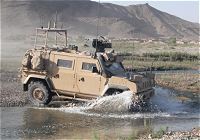 on
variants of the longer 3520 mm wheelbase design. Besides
enabling more room to be provided in the crew cell, this
variant can also incorporate a longer stowage pod, substantially
increasing the vehicle’s capacity. The inevitable
corollary of providing greater capacity is that the vehicle
has to support a higher usable payload than was originally
envisaged, and yet the move to a longer wheelbase with
a larger crew cell and higher levels of protection inevitably
pushes the kerb weight of the vehicle up. To counter this,
the design team has undertaken a series of design exercises
to both enable the GVW of the vehicle to be increased
and to take weight out of the vehicle design. As a result
of such expedients as incorporating an integral hard top
in place of a roll cage, altering the roof hatch design,
incorporating new seats and changing the design of the
transparent armour, the kerb weight of the vehicle has
been reduced by some 350 kgs. At the same time, the allowable
GVW of the vehicle has been increased from 7,000 to 7,500
kgs through developments on the frame, brakes and suspension.
The design team has thus succeeded in delivering to the
user a vehicle which, whilst retaining extensive commonality
with the earlier models, nonetheless provides greatly
increased capacity, payload and, if required, protection.
on
variants of the longer 3520 mm wheelbase design. Besides
enabling more room to be provided in the crew cell, this
variant can also incorporate a longer stowage pod, substantially
increasing the vehicle’s capacity. The inevitable
corollary of providing greater capacity is that the vehicle
has to support a higher usable payload than was originally
envisaged, and yet the move to a longer wheelbase with
a larger crew cell and higher levels of protection inevitably
pushes the kerb weight of the vehicle up. To counter this,
the design team has undertaken a series of design exercises
to both enable the GVW of the vehicle to be increased
and to take weight out of the vehicle design. As a result
of such expedients as incorporating an integral hard top
in place of a roll cage, altering the roof hatch design,
incorporating new seats and changing the design of the
transparent armour, the kerb weight of the vehicle has
been reduced by some 350 kgs. At the same time, the allowable
GVW of the vehicle has been increased from 7,000 to 7,500
kgs through developments on the frame, brakes and suspension.
The design team has thus succeeded in delivering to the
user a vehicle which, whilst retaining extensive commonality
with the earlier models, nonetheless provides greatly
increased capacity, payload and, if required, protection.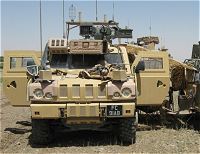 LMVs configured as casualty evacuation vehicles, whilst
the majority of Iveco’s current offerings are now
based on the 7.5 tonne GVW long wheel base platform. This
has also provided the basis for the development of solutions
for such programmes as the UK’s OUVS and LPPV programmes,
in both of which the LMV has provided the platform for
solutions which closely match the requirement. As
the vehicle is used in an increasing number of roles,
so the engineering challenges posed by adapting the base
design to match the customer needs become more demanding.
Often, it is just those design features which make the
vehicle particularly desirable for a given role, such
as low weight, narrow wheel track and high terrain accessibility,
which also add to the design challenge. A case in point
is the increasing requirement for heavier roof mounted
systems, including 12.7 mm overhead weapon stations and
other weapon systems. Whilst a relatively narrow vehicle
undoubtedly has excellent terrain accessibility and utility
in built up areas, the addition of weapon mounts beyond
a given weight can compromise stability. To counter this,
the design team have now developed hydropneumatic suspension
which substantially improves vehicle road-holding when
the vehicle has a relatively high centre of gravity.
LMVs configured as casualty evacuation vehicles, whilst
the majority of Iveco’s current offerings are now
based on the 7.5 tonne GVW long wheel base platform. This
has also provided the basis for the development of solutions
for such programmes as the UK’s OUVS and LPPV programmes,
in both of which the LMV has provided the platform for
solutions which closely match the requirement. As
the vehicle is used in an increasing number of roles,
so the engineering challenges posed by adapting the base
design to match the customer needs become more demanding.
Often, it is just those design features which make the
vehicle particularly desirable for a given role, such
as low weight, narrow wheel track and high terrain accessibility,
which also add to the design challenge. A case in point
is the increasing requirement for heavier roof mounted
systems, including 12.7 mm overhead weapon stations and
other weapon systems. Whilst a relatively narrow vehicle
undoubtedly has excellent terrain accessibility and utility
in built up areas, the addition of weapon mounts beyond
a given weight can compromise stability. To counter this,
the design team have now developed hydropneumatic suspension
which substantially improves vehicle road-holding when
the vehicle has a relatively high centre of gravity.








